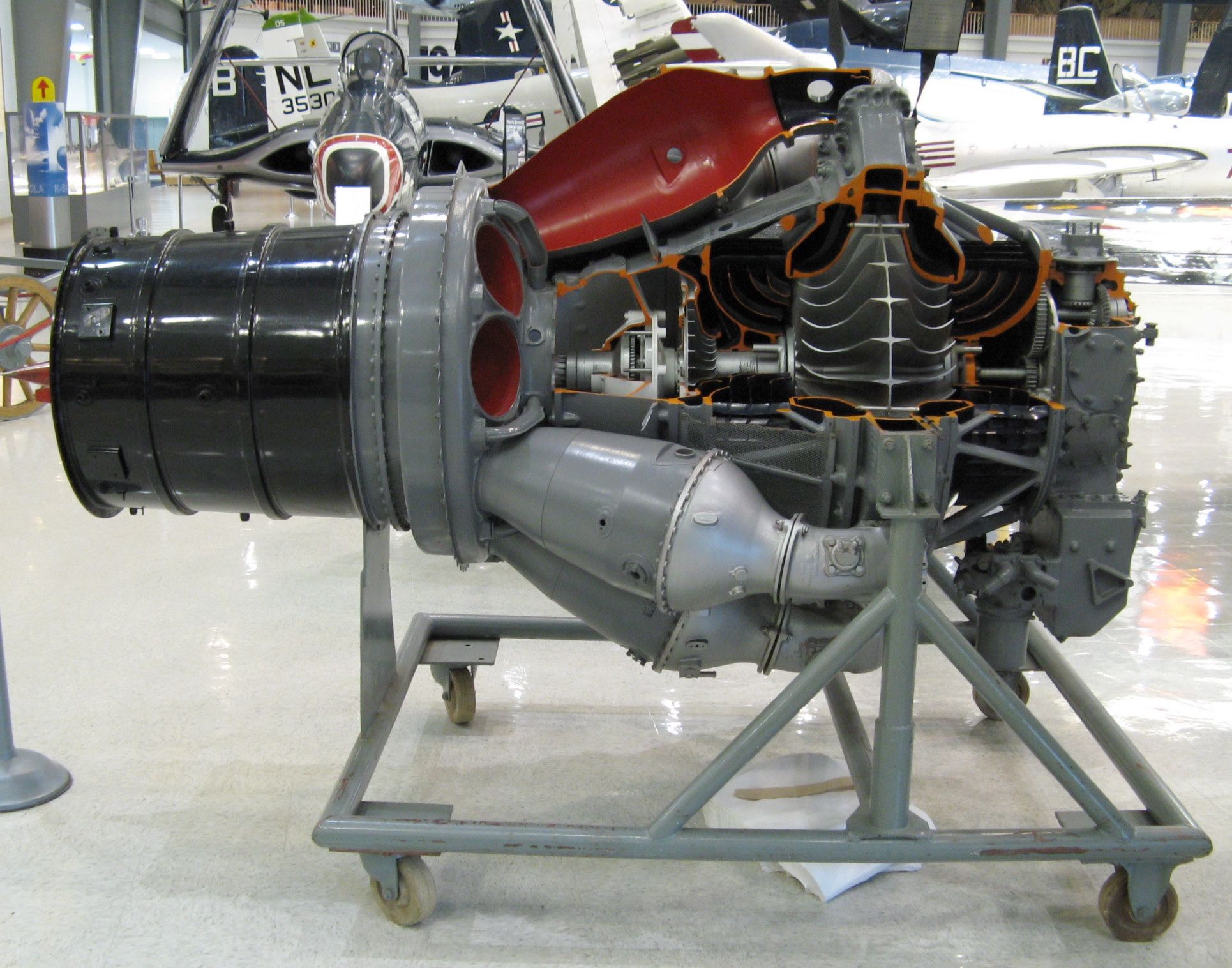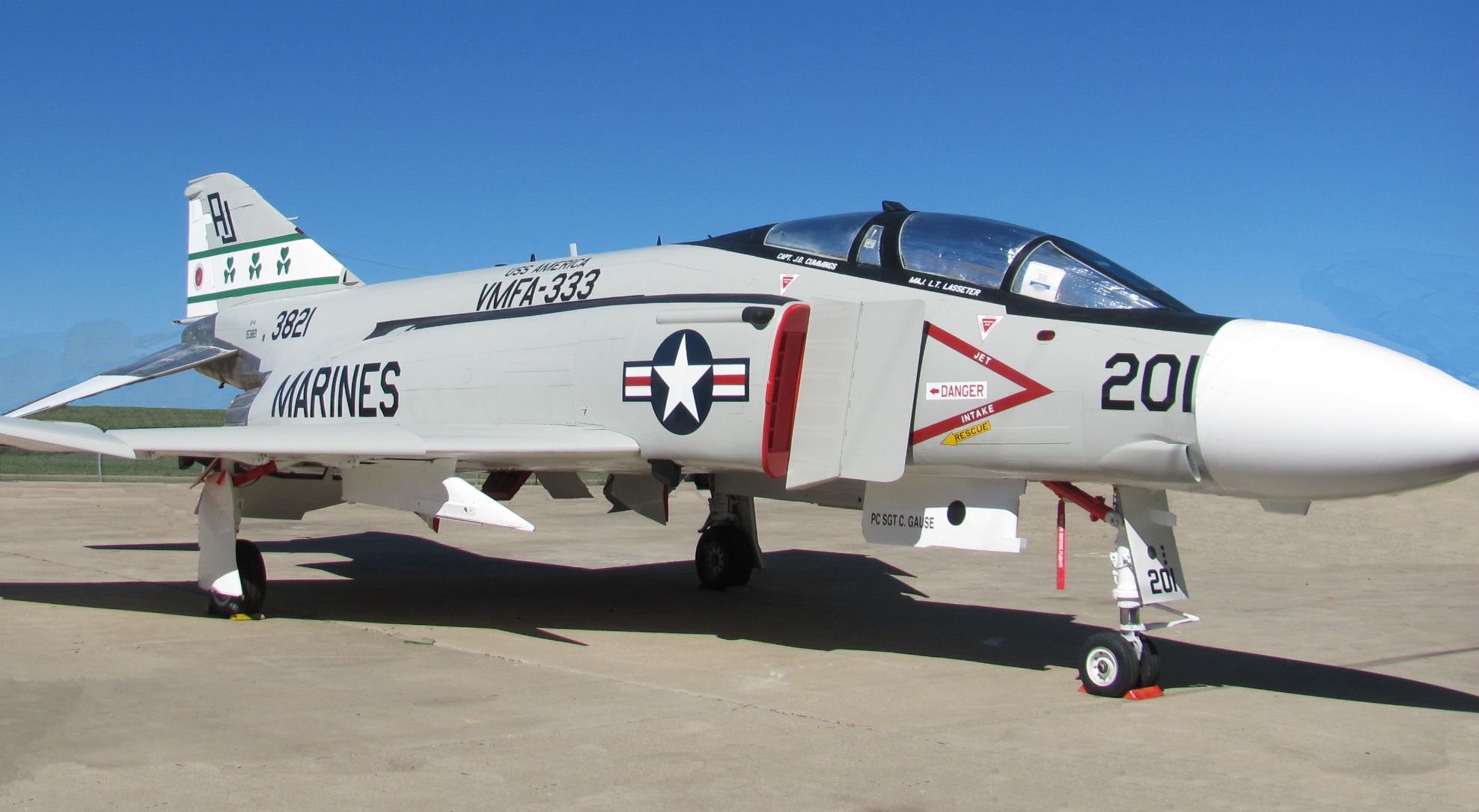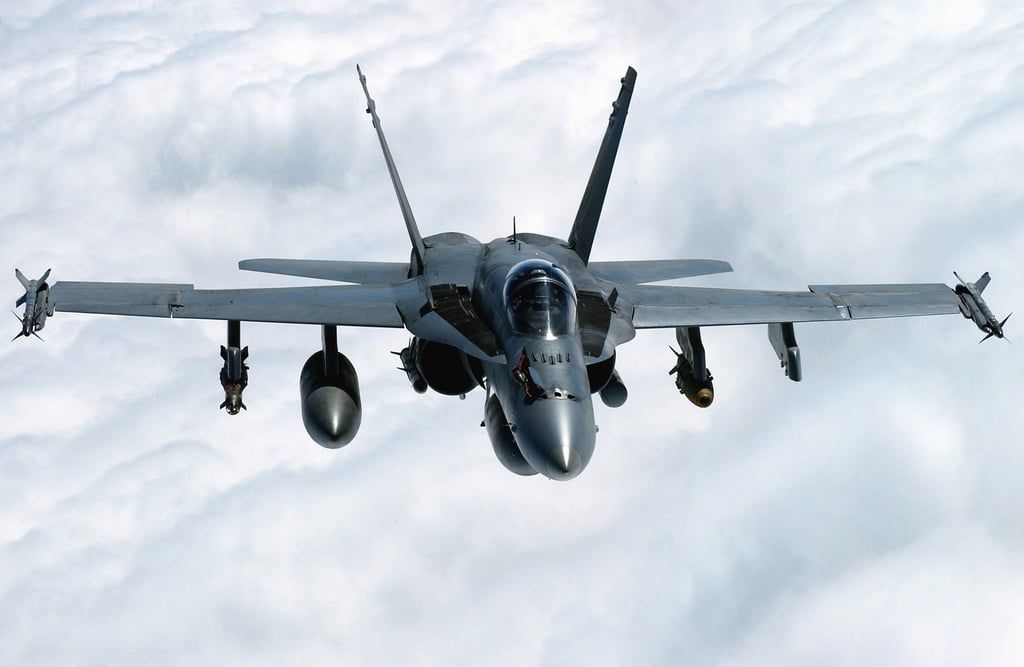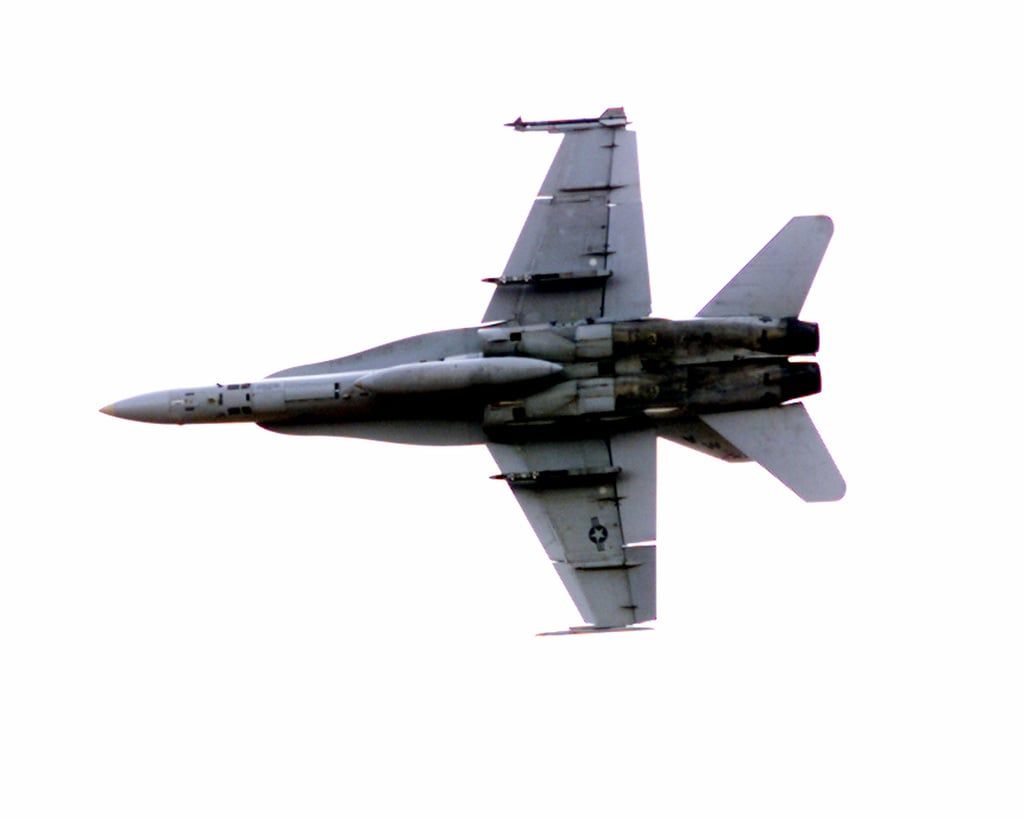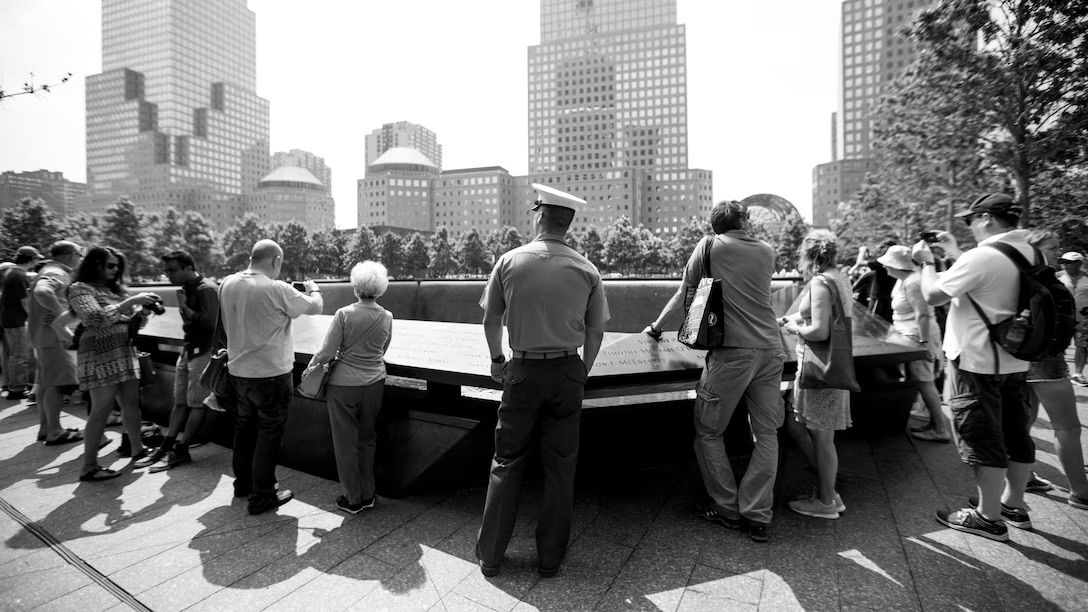
What To Know About The “Black Knights” Of Marine Fighter Attack Squadron 314
Marine Fighter Attack Squadron 314 (VMF-314), now known as the “Black Knights,” is a legendary squadron in the United States Marine Corps with a proud history of excellence and innovation. Celebrated for their outstanding service and groundbreaking achievements, the Black Knights have made a lasting impact in military aviation. In this article, we’ll explore the history, accomplishments, and legacy of the Black Knights, highlighting what makes them an elite squadron in the Marine Corps.
A Legacy of Bravery in World War II
Originally known as “Bob’s Cats,” VMF-314 took to the skies on October 1, 1943, at Cherry Point, North Carolina, ready to leave their mark on history. Assigned to Marine Aircraft Group 32, the newly formed squadron quickly began training for combat in the Pacific Theater during WWII, flying the legendary Vought F4U Corsair.
Powered by the eighteen cylinders of a Pratt & Whitney R-2800 Double Wasp engine, the Corsair was one of the fastest and most capable carrier-based aircraft of WWII. Its six .50 caliber M2 Browning machine guns, or four .79-inch cannons mounted on the wings, along with a variety of bombs and rockets on its underwing hardpoints, made it effective in air-to-air combat and ground-attack roles.
By June 1944, the squadron was ready for deployment to Midway Island to join the battle. This strategic move bolstered the US military’s presence in the Pacific as the fight against Japanese forces intensified. VMF-314 proved their mettle during the invasion of Okinawa in May 1945, playing a pivotal role in one of WWII’s fiercest engagements. The squadron achieved 14 aerial victories during this campaign, enough to earn the prestigious Presidential Unit Citation, awarded for demonstrating extraordinary courage, performance, and heroism under fire.
At the end of WWII, the Black Knights were stationed in Kyushu, Japan, as part of the occupation forces. In March 1946, they returned stateside to Cherry Point before being decommissioned on April 30, 1947, as part of the post-war drawdown. VMF-314’s outstanding contributions during WWII remain a proud chapter in Marine Corps aviation history, showcasing their bravery, skill, and dedication to victory.
The F4U Corsair achieved a high 11:1 kill-to-loss ratio against enemy aircraft in the Pacific Theater.
The Cold War ignites the revival of VF-314
VMF-314 didn’t stay grounded for long. With the Cold War heating up, the squadron was reactivated in 1952 as part of the US military’s efforts to strengthen its forces, adapt to new technologies, boost readiness, and project power on a global scale. They found their new home at Marine Corps Air Station (MCAS) El Toro, near Irvine, California, in Orange County.
With its return, VMF-314 embraced the future of aviation, transitioning from the prop-driven F4U Corsair to the F9F Panther jet aircraft. This leap into jet technology brought game-changing advantages like faster speeds, higher altitudes, and improved performance—key ingredients for contemporary air combat and Cold War deterrence.
The F9F Panther: A Technological Leap Forward
The Grumman F9F Panther, developed in the late 1940s, was a pivotal aircraft in the transition to the jet age for the US Navy and Marine Corps. It offered impressive capabilities at the time. The Panther was designed to bring jet power to carrier-based aviation while maintaining reliability and ease of operation. Its straightforward yet robust design made it a favorite among aviators.
At the heart of the F9F Panther was the Pratt & Whitney J42 turbojet engine, a license-built version of the Rolls-Royce Nene. This engine generated approximately 5,000 pounds of thrust, enabling the Panther to achieve a maximum speed of around 575 mph (926 km/h). While not the fastest jet of its era, its performance was well-suited to the demands of both air-to-air combat and ground-attack missions.
The Panther’s armament made it a versatile and potent platform. Standard weapons included four 20mm M3 cannons mounted in the nose, providing substantial firepower for air superiority engagements. For ground-attack roles, the Panther could carry a mix of bombs, rockets, and drop tanks across its eight underwing hardpoints. This flexibility enabled it to serve effectively in both offensive and defensive engagements during major conflicts like the Korean War.
Flying Panthers in Korea
VMF-314 played a significant role in the Korean War in a variety of combat missions from September 1953 through July 1954. Operating from carriers and forward air bases in their F9F Panthers, the squadron undertook critical air-to-ground missions, providing close air support to United Nations troops battling against North Korean forces.
Their missions often involved precision strikes on enemy supply lines, troop concentrations, and fortified positions, leveraging the Panther’s versatile armament to devastating effect. Despite the challenges of operating in harsh environments under the constant threat of anti-aircraft defenses, VMF-314 consistently delivered effective results, earning the respect of US allies.
Becoming the Black Knights
1957 marked a significant turning point for VMF-314 with the introduction of the Douglas F-4D Skyray, which provided all-weather flying capabilities. It was also the year the squadron earned their iconic nickname, the “Black Knights.”
Known for its distinctive delta-wing design and advanced aerodynamics, the Skyray was tailored for high-altitude interception and set multiple performance records. These included a speed record of over 750 miles per hour and the ability to climb to operational altitudes in record time. The Skyray was the first jet in the US Navy to surpass Mach 1 in level flight.
The Skyray’s armament further amplified the squadron’s combat capabilities. Equipped to carry a combination of air-to-air missiles, including the AIM-9 Sidewinder, rockets, and up to 4,000 pounds of bombs, the aircraft offered adaptability across a range of mission profiles, from intercepting enemy aircraft to delivering precision ground strikes.
With its advanced radar systems and all-weather capabilities, the Skyray empowered the squadron to fulfill a variety of mission-critical roles and symbolized the unit’s unique commitment to operational innovation as it continued to evolve into one of the most respected squadrons in Marine Corps aviation history.
This era saw bold deployments across the Far East, where the Black Knights operated from land bases as well as aircraft carriers, including the USS Hancock and USS Ticonderoga,
The Black Knights meet the Phantom
In 1961, the Black Knights transitioned from the F4D Skyray to the F4B Phantom, marking another noteworthy moment in the squadron’s evolution. The F4B Phantom brought significant technological advancements, including dual-engine capability, greater speed, and improved radar and avionics systems. These upgrades enhanced their operational capabilities, such as extended range, higher payload capacity, and advanced air-to-air and air-to-ground mission functionality.
Strategically, the F4B’s versatility allowed the Black Knights to take on more complex and demanding missions, solidifying their reputation as a cutting-edge fighter squadron and strengthening their impact within Marine Corps aviation. This transition symbolized their move into the modern era of military aviation, increasing mission effectiveness and bolstering overall operational readiness.
The Black Knights in Vietnam
In 1965, the Black Knights boarded the USS Valley Forge, ready to engage in combat operations in South Vietnam, where they would operate out of Chu Lai Air Base and Da Nang Air Base. The Black Knights were instrumental in executing a wide range of missions that showcased their adaptability, technical skill, and combat effectiveness in one of the most challenging conflicts of the 20th century.
Primary Roles and Missions in Vietnam
- Close Air Support (CAS) Operations: One of the squadron’s defining contributions was providing close air support to ground forces engaged in battle across Vietnam’s rugged and unforgiving terrain. The F-4 Phantom II, with its robust payload capacity and versatility, allowed the squadron to deliver precision-guided munitions and carry out strafing runs to suppress enemy positions. The squadron was often tasked with assisting Marine and US Army units during high-stakes engagements, flying into dangerous conditions to neutralize hard-to-reach or heavily fortified enemy targets.
- Air Superiority Missions: The Black Knights were critical in maintaining air superiority over Vietnamese airspace. Although the North Vietnamese MiG fighters posed a substantial threat, the Black Knights used the F-4’s powerful radar and missile capabilities, including the AIM-7 Sparrow and AIM-9 Sidewinder, to intercept and, when necessary, neutralize enemy aircraft.
- Interdiction Missions: The Black Knights undertook interdiction operations to disrupt North Vietnamese logistical networks. They targeted key supply routes, like the infamous Ho Chi Minh Trail, and bombed bridges, tunnels, and supply depots. These strikes slowed the flow of weapons, ammunition, and reinforcements, impacting the operational capabilities of enemy forces. Precision bombing missions required a combination of skill, timing, and advanced technology, all of which the Black Knights executed with distinction.
- Reconnaissance and Surveillance: The F-4’s reconnaissance capabilities enabled the unit to conduct intelligence-gathering missions crucial to planning and executing broader US strategies. These missions involved identifying enemy strongholds, troop movements, and staging areas. The intelligence gathered often determined the success of large-scale operations, as commanders relied on the Black Knights’ thorough and timely reports.
- Close cooperation with Naval Forces: On numerous occasions, the Black Knights coordinated with the US Navy from aircraft carriers stationed in the Gulf of Tonkin. This joint-operation approach highlighted their adaptability to both land—and sea-based deployment, depending on mission needs.
Photo: US Marine Corps
Between 1965 and 1970, the Black Knights flew more than 25,000 combat hours over Vietnam and employed over 100 million pounds of ordnance in support of Allied ground forces. For their remarkable accomplishments during this period, the Black Knights received the prestigious Hanson Trophy, recognizing it as the best Fighter Attack Squadron in the Marine Corps.
After forty-nine months of sustained deployed combat operations, the Black Knights returned home in September 1970, concluding this remarkable chapter by being awarded the Meritorious Unit Commendation for outstanding performance.
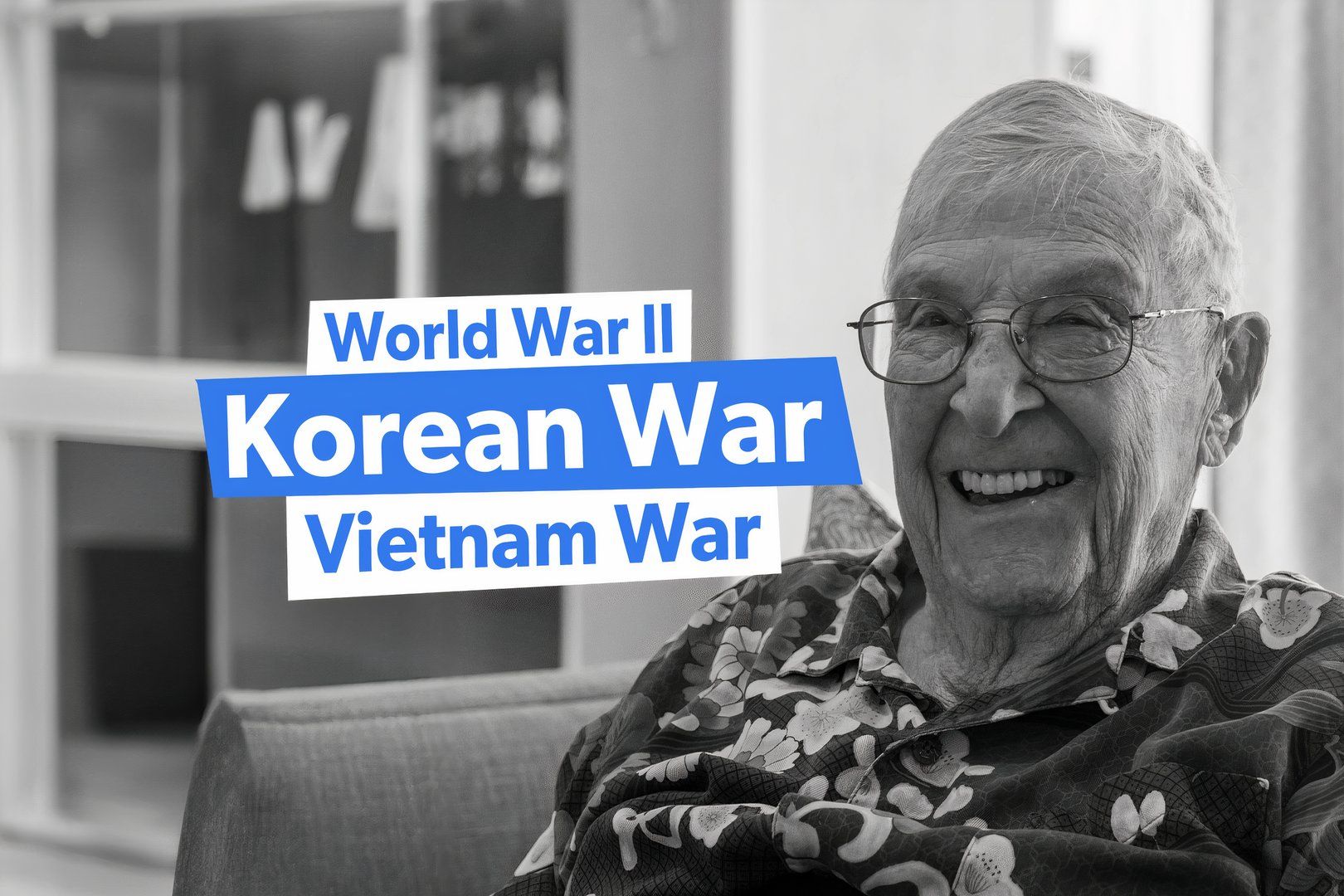
Related
Retired US Air Force Colonel Shares His Experience Flying In WW2, Korea & Vietnam
Colonel Richard Heyman (USAF Ret.) had an incredible career as a fighter pilot. Read on and find out the details of his service.
The Black Knights unleash the Hornets
In 1982, the Black Knights became the first Marine Corps squadron to fly the F/A-18A Hornet, marking the start of a new era in military aviation.
Powered by two General Electric F404-GE-402 turbofan engines that produce approximately 11,000 pounds of thrust (18,000 pounds with afterburners active), the Hornet boasted a top speed of approximately Mach 1.8 (1,190 mph) at altitudes over 50,000 feet.
Photo: US Marine Corps
In addition to its 20mm M61A1 Vulcan rotary cannon, the F/A-18’s nine external hardpoints provided impressive payload versatility, allowing the Hornet to carry a mix of missiles, bombs, and munitions, including:
-
-
- AIM-9 Sidewinder (short-range)
- AIM-120 AMRAAM (medium-range, radar-guided)
- AGM-65 Maverick (precision strike)
- AGM-84 Harpoon (anti-ship)
- GBU-12 Paveway II.
- Joint Direct Attack Munitions (JDAM)
- Cluster munitions for targeting personnel and vehicles across broader areas.
- Hydra 70 rocket
-
In the capable hands of the Back Knights, adversaries around the globe would soon feel the Hornet’s mighty sting.
Persian Gulf and Post-Cold War Operations
In the early 1990s, the Black Knights put the F/A-18 Hornet to the test in the Persian Gulf, solidifying their reputation as a top Marine Corps fighter squadron. Deployed to Bahrain in 1990 for Operation Desert Shield, they maintained 24-hour combat air patrols. When Operation Desert Storm began in January 1991, they flew over 1,500 hours and completed 814 combat sorties.
Photo: US Marines
Their efforts, including escort and strike operations, earned them the highest sortie count among Navy and Marine Corps squadrons during the conflict. Following the Persian Gulf, the Black Knights enforced no-fly zones in Iraq under Operation Southern Watch and contributed to peacekeeping missions in Somalia during Operation Continue Hope.
In 1994, the squadron transitioned from MCAS El Toro to MCAS Miramar in San Diego, California. Their fleet of roughly 12-16 aircraft was upgraded to the more advanced F/A-18C Hornets, ensuring they remained at the forefront of aviation technology.
Global engagement after 9/11
Operation Enduring Freedom
After the tragic events of September 11, 2001, the Black Knights swiftly deployed for Operation Enduring Freedom in Afghanistan, where the squadron provided essential air support during some of the most pivotal missions. Operating from US Navy aircraft carriers, they utilized the F/A-18 Hornet to deliver precision airstrikes, support special operations forces, and disrupt enemy supply lines. Despite challenges like rugged terrain and unpredictable weather, they adapted by leveraging advanced targeting systems and maintaining strong coordination with ground forces. Their efforts significantly contributed to coalition objectives by neutralizing key Taliban assets and enhancing the effectiveness of allied ground operations.
Operation Iraqi Freedom
Their contributions continued throughout the conflicts in Iraq, such as Operation Iraqi Freedom. Deploying with carrier air wings, they operated the F/A-18 Hornet to conduct a variety of critical missions. These included CAS for ground troops, strategic airstrikes on enemy targets, aerial reconnaissance, and interdiction of key assets, such as supply convoys and command centers.
Operation Inherent Resolve
During Operation Inherent Resolve, the coalition campaign to defeat ISIS in Iraq and Syria, the Black Knights consistently provided air support for allied ground forces. Operating in a highly complex and dynamic environment, they carried out pinpoint airstrikes in urban areas, targeting ISIS command centers, infrastructure, supply routes, and high-value targets while minimizing collateral damage. Their contribution not only weakened ISIS’s operational capabilities but also bolstered the morale and success of coalition ground troops.
Black Knights look to the future with the F-35 Lightning II
In 2019, the Black Knights became the first Marine Corps squadron to adopt a fifth-generation stealth fighter, transitioning from the F/A-18 Hornet to the Lockheed Martin F-35C Lightning II. This state-of-the-art fighter arms the Black Knights with advanced technology, avionics, firepower, and combat capabilities, all designed with future warfare in mind.
- Engine: Powered by one Pratt & Whitney F135-PW-100 turbofan engine producing 43,000 pounds of thrust, the F-35 can reach speeds up to Mach 1.6, with maneuverability to match.
- Avionics: Equipped with advanced avionics and sensor fusion technology, the F-35 merges data from a network of onboard and external sensors, giving pilots a comprehensive view of the battlefield. The Distributed Aperture System (DAS) provides 360-degree awareness, while the advanced AN/APG-81 AESA radar enhances targeting and threat detection capabilities.
- Stealth: The F-35’s airframe, coatings, and internal weapons bays contribute to its low observability, making it nearly invisible to advanced radar systems.
- Armament: To preserve stealth, the F-35’s internal weapons bay can carry up to 5,700 pounds of munitions, including laser-guided bombs, precision missiles, and anti-radiation warheads.
- Gun: The F-35A’s 25mm GAU-22/A rotary cannon, located internally (on the F-35A) or in an external pod (on the F-35B/C), provides close-range air support and anti-personnel capability.
For missions that do not require stealth, the F-35 can carry approximately 18,000 pounds of ordnance across its external hardpoints, greatly amplifying its firepower. Furthermore, thanks to its forward-looking design, the F-35 is equipped to handle evolving weapons platforms, including next-generation hypersonic missiles and directed energy systems like lasers.
The transition to the F-35 empowers the Black Knights to take on more complex and specialized missions that were previously challenging, ensuring the squadron is prepared for modern and emerging conflict scenarios. This shift not only elevates their influence within the Marine Corps but also enhances their critical role in defending national security and maintaining global stability.
Despite their storied history, the Black Knights are not content honoring the past; they remain focused on the future. With their motto, “Once a Knight Is Never Enough,” the squadron continues to train, adapt, and innovate, staying prepared for the challenges ahead. Widely renowned for their expertise and unwavering dedication, the Black Knights stand as a symbol of Marine Corps aviation excellence, and their legacy as one of the most formidable squadrons in Marine aviation history remains unmatched.
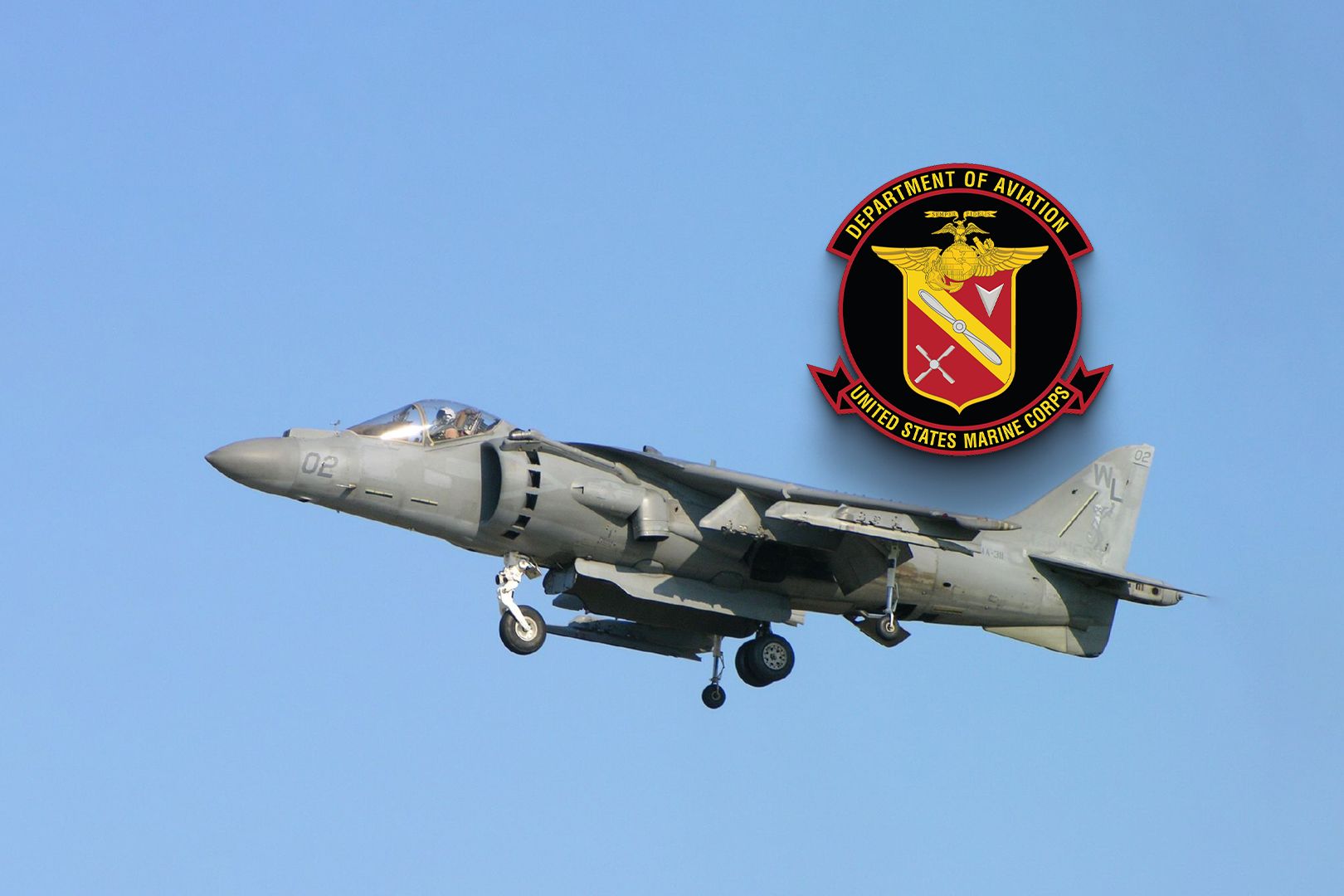
Related
5 Fixed-Wing Aircraft Operated By The US Marines
The Marines operate a variety of fixed-wing aircraft, including multiple types of fighter jets.
